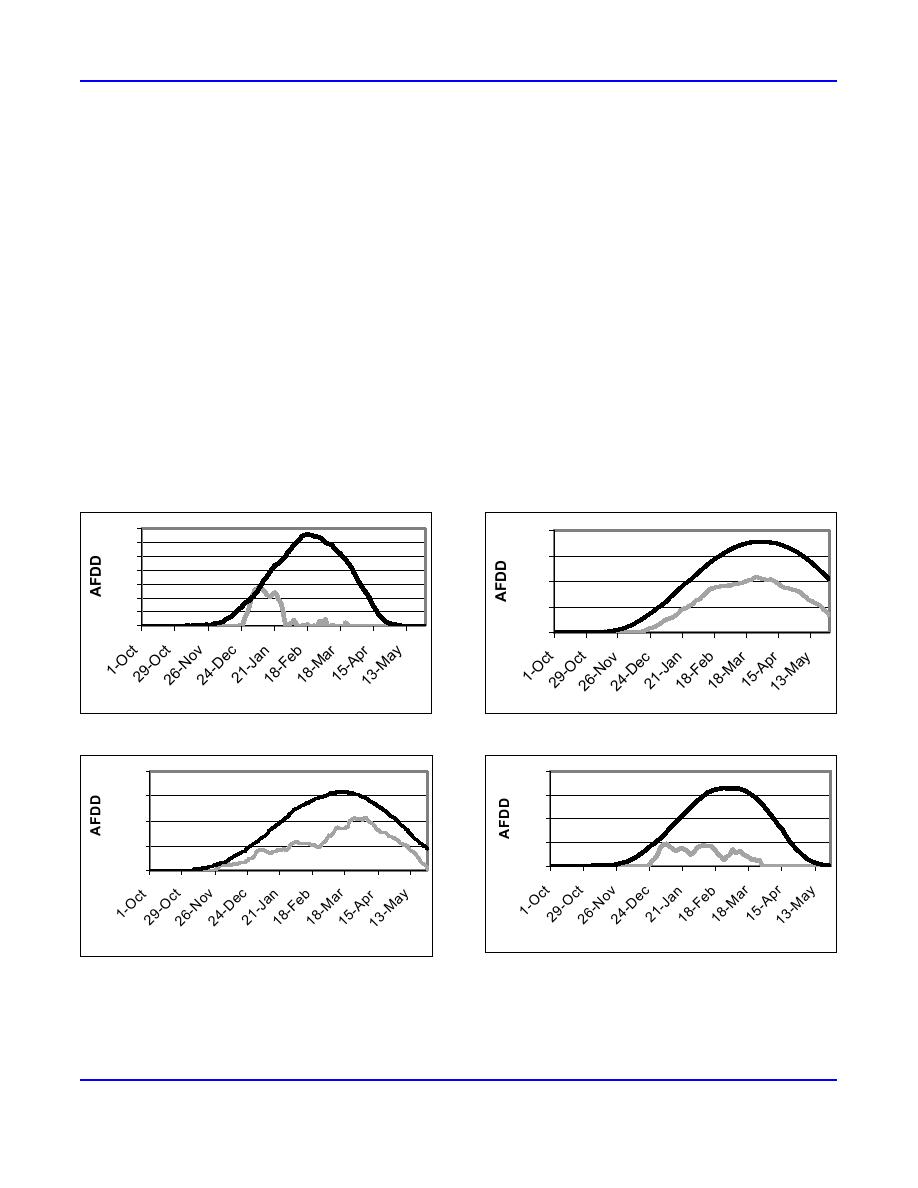
On 18 May 2002, Alaska had the most simultaneous events (three) recorded for WY 2002. Two of the three jams
occurred on the Yukon River, one below Kaltag, the other near a bridge near Stevens Village. The third event, on 18 May,
was on the Buckland River at Buckland when ice jammed both above and below the village. None of the jams on this date
reported flooding (NWS 2002h).
Two days later, the Snake River at Nome jammed, causing the National Weather Service in Fairbanks to issue a flood
warning. With a large, melting snowpack and competent sea ice at its mouth blocking the downstream movement of river ice,
the jams along the Snake River caused major flooding. In some areas water prevented access to homes, and the airport's
runway became partially flooded. On 23 May the water levels peaked, causing local cabins located along the NomeTeller
Highway to become flooded with three to four feet of water. The following morning water levels had receded over one foot
and the flood warning was cancelled (NWS 2002i).
The last event of the year was on the Nome River in Nome on 26 May. This minor jam, along with high snowmelt,
caused overbank flooding with no effects on the community (NWS 2002j).
Contributing factors to winter 2002 ice conditions
Air temperatures were generally warmer than normal over most of the continental United States during Water Year 2002.
One measure of winter weather severity is accumulated freezing degree days, or AFDD. AFDD data can also be used to
determine ice thickness and for predicting ice jams. Figure 6 shows AFDD for several representative first-order National
Weather Stations in the United States (Fig. 7). It is clear that AFDD was far below normal for these locations, which are near
rivers that normally experience frequent ice jams.
350
2000
300
250
1500
200
1000
150
100
500
50
0
0
Date
Date
1600
800
600
1200
400
800
200
400
0
0
Date
Date
Figure 6. AFDD data for several representative first-order National Weather Stations. Selected sites include Pittsburgh,
Pennsylvania (top left), Houlton, Maine (top right), Miles City, Montana (bottom left), and Omaha, Nebraska (bottom right).
The heavy line is the average AFDD and the lighter line is the 2002 AFDD.
4
ERDC/CRREL TN-03-1





 Previous Page
Previous Page
